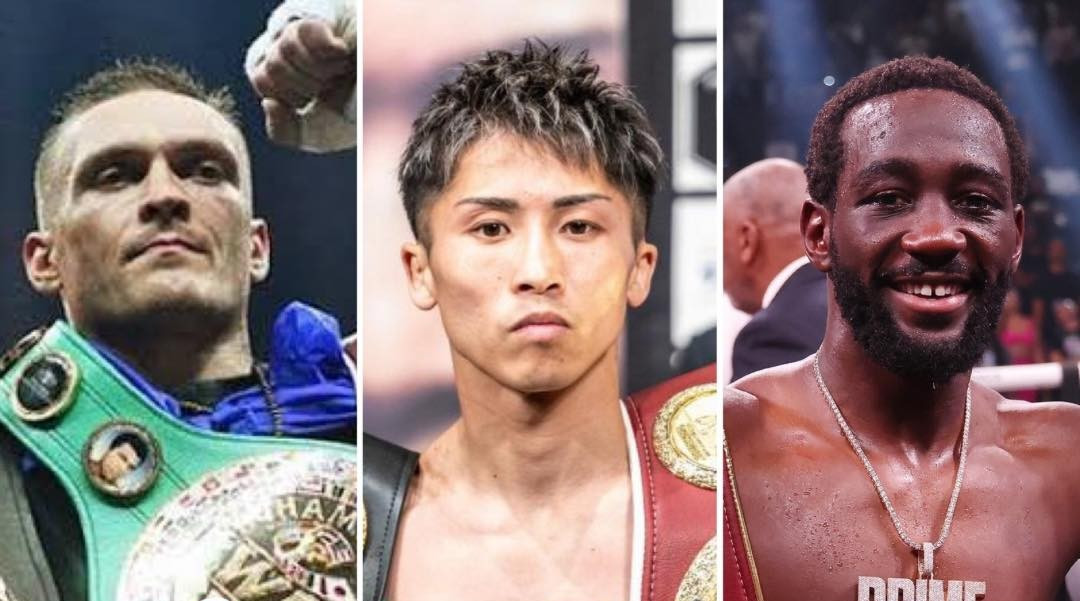Oleksandr Usyk (38), Terence Crawford (turns 38 in September) and Naoya Inoue (32) enter the summer with belts in hand but fresh questions about how long supremacy can last. Heavyweight Usyk’s July 19 rematch with Daniel Dubois looks routine on paper, yet Dubois is 11 years younger and riding the best form of his career. Victory keeps Usyk undisputed, but a flat night would open the door to Joseph Parker and other hungry challengers and remind the Ukrainian that heavyweight reigns rarely out‑run the calendar.
For Crawford, the risk is physical more than stylistic. The Omaha switch‑hitter jumps two divisions to challenge Canelo Álvarez on September 12. At welter and even light‑middle, 38 is borderline but at super‑middle it is unheard of. Crawford’s surgical timing may narrow that 23‑pound gap, yet history says power and punch resistance fade fastest above 147. Meanwhile Canelo, 34 but with 67 pro bouts, showed alarming torpor against William Scull: just 152 punches thrown in 12 rounds. If either legend slips another half‑step, their Vegas superfight could look more like an old‑timers’ exhibition than the generational clash fans craved.
Inoue’s threat is subtler but no less real. Junior‑featherweights usually peak before 30; “The Monster” is 32, has been dropped in consecutive fights by Luis Nery and Ramon Cardenas, and now draws southpaw wrecking ball Murodjon Akhmadaliev on September 14. Inoue’s power and ring IQ remain elite, but those knockdowns hint at eroding reflexes, an ominous sign when a talented left‑hander is loading counters.
Add Dmitry Bivol (34) and Artur Beterbiev (40) edging toward the end of their speed‑based primes, and 2025 feels like a crossroads season. Each champion can still win the fights in front of him; each must also beat the clock.
In boxing, timing is everything - and sooner or later the bell rings for everyone.
Prepare for Usyk vs. Dubois II event.
Image Credit: Facebook
